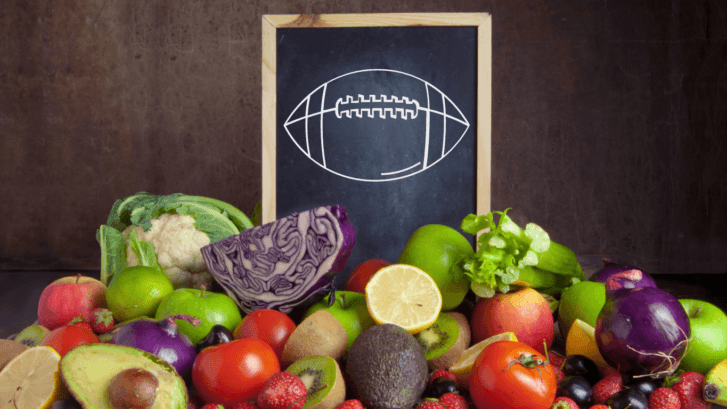Post-Super Bowl Detox
The Super Bowl is a time for celebration, camaraderie, and of course, indulgent snacks. Whether you spent the day cheering for your favorite team or simply enjoying the commercials, chances are you may have indulged in more than a few game-day treats. Now that the excitement has passed, it’s natural to feel the need to reset and cleanse your body after a day of indulgence. In this blog post, we’ll explore effective ways to detoxify your system and get back on track with your health goals.
Reflecting on Game Day Indulgences: Before diving into the post-Super Bowl detox strategies, take a moment to reflect on your game day indulgences. Did you find yourself reaching for salty snacks, sugary treats, or perhaps one too many servings of your favorite beverage? Understanding your indulgence patterns can help you make more mindful choices moving forward.
Hydrate, Hydrate, Hydrate: One of the simplest and most effective ways to detoxify your body after a day of indulgence is to prioritize hydration. Drink plenty of water throughout the day to flush out toxins and rehydrate your body. You can also incorporate hydrating foods such as cucumbers, watermelon, and leafy greens into your meals to boost your water intake.
Focus on Whole Foods: After indulging in processed snacks and sugary treats, your body will thank you for nourishing it with whole, nutrient-dense foods. Incorporate plenty of fruits, vegetables, lean proteins, and whole grains into your meals to provide your body with the essential nutrients it needs to thrive. Opt for homemade meals prepared with fresh, wholesome ingredients to support your post-Super Bowl detox.
Embrace Detoxifying Foods: Certain foods can help support your body’s natural detoxification processes and aid in eliminating toxins. Include detoxifying foods such as lemon, ginger, garlic, cruciferous vegetables, and herbs like cilantro and parsley in your meals to support liver function and promote detoxification.
Sweat It Out: Exercise is another powerful tool for detoxifying your body and boosting your overall health. Engage in activities that get your heart rate up and make you sweat, such as brisk walking, jogging, cycling, or a high-intensity workout. Sweating helps rid the body of toxins and promotes circulation, leaving you feeling refreshed and revitalized.
Practice Mindful Eating: As you return to your regular eating routine after the Super Bowl, practice mindful eating to tune into your body’s hunger and fullness cues. Pay attention to portion sizes, chew your food slowly, and savor each bite. Mindful eating can help prevent overeating and promote better digestion, supporting your body’s natural detoxification processes.
The Super Bowl may have been a day of indulgence, but it’s never too late to hit the reset button and prioritize your health. By incorporating these post-Super Bowl detox strategies into your routine, you can cleanse your body, boost your energy levels, and get back on track with your health goals. Remember, small, sustainable changes can significantly improve your overall well-being. Here’s to a refreshed and revitalized post-Super Bowl detox!










